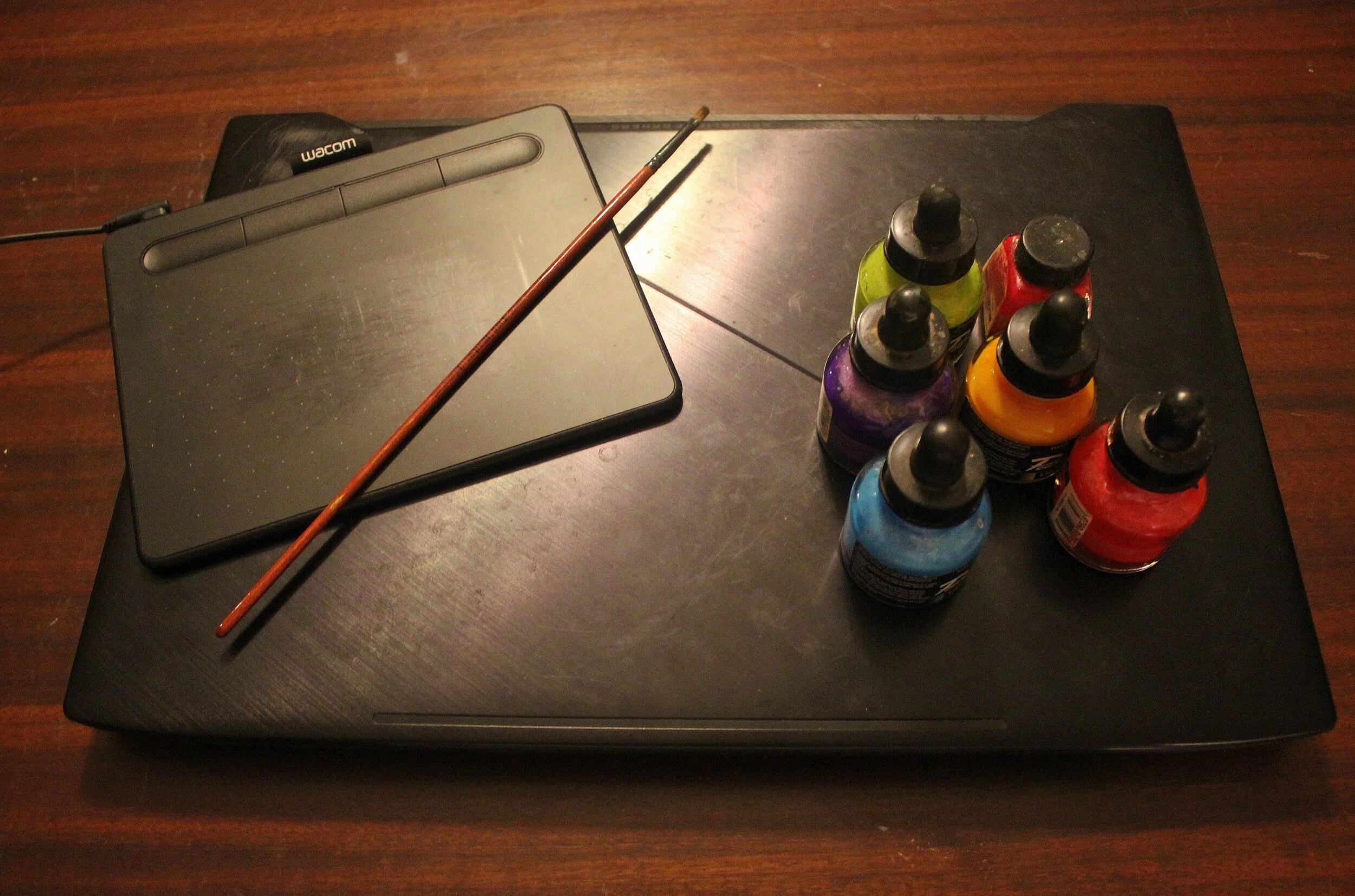Art Eras
Introduction
As a classically trained musician and teacher, I am familiar with the main periods in music namely, Renaissance, Baroque, Rococo, Classical, Romantic, Impressionism, Modern and Contemporary. These periods in music coincide directly with the periods in art. Each period refers to different ideas, perceptions, understanding etc, as reflected in the culture and politics of each time. We are who we are, with our untapped potential to accomplish great things, but we are also a result of a cumulative effect of centuries of development. Learn from the past and renew the accomplishment of the previous centuries.
Renaissance 14th to 16th Century
The Renaissance was a movement that started in Italy. It was born after Italy and Europe had suffered from the Black Plague for many preceding years. It was a rebirth for all the arts and sciences. Unlike the later periods in art, everything was interconnected in the Renaissance, as ancient texts were rediscovered. In this period people, started questioning long held truths using the scientific method. New inventions such as the printing press revolutionized the world. Our medical knowledge advanced with the drawings of Anatomy including one of the Renaissance’s celebrated artists, Leonardo Da Vinci. Art changed drastically with the use of proportion and perspective. A new technique called Chiaroscuro, gave the artists of this era it’s unique look. Chiaroscuro uses strong light and dark colours to contrast against each other, to create depth. Foreshortening had the same effect, but was used in drawings by shortening the lines. Another technique called Sfumato was invented by Leonardo Da Vinci, he would blur the outlines and blend the paint around the area to create depth. The most famous artists from the Renaissance were Leonardo Da Vinci, Michelangelo, Raphael and Titian.
Baroque 16th Century to around 1750
Baroque means twisted and convoluted. It is a term taken from Architecture. The technique of Chiaroscuro becomes mainstream and is visible many artworks of this era. As with many of the era’s religion is a focal point of many artworks, but the distinction here is art that shows the Catholic counter reformation. Realism was something that artists aspired to. The most well known artists from this era were Poussin, Velázquez, Rembrandt, Rubens, Vermeer and Caravaggio. Baroque is believed to have ended with the death of J S Bach. After his death came the Rococo period which for some may still be considered part of the Baroque Era. The Rocco period lasted a short period of time and started in France. It was a short buffer between the Baroque and Classical periods.
Classical around 1750 to 1800
Classicism was inspired by the ancient classical culture from ancient Greece and Rome. It had an profound impact on all the visual arts. Clarity, lightness, softer hues and colours are often associated with this era. The people in the portraits are usually calm and serene. One of the greats of this period, was Sir Lawrence Alma-Tadema (although born later) who is a good representation of this period. It took time for new styles to grew around the world. Alma-Tadema’s work often dealt with themes from antiquity, including painting the Roman Emperors. The well known artists from this era Gainsbourgh, Jacques-Louis David and Hogarth.
Romantic around 1800 to 1890
In this era the focus was to show intense emotions, passion, fervour and human vulnerability. This was a period of political upheavals and revolutions. People are painted with strong facial expressions, unlike the portraits from the Baroque and Classical eras. Artworks in the Romantic period, show lines that are less defined and there is an emphasis on strong emotions and drama. Prominent artists from this era were Turner, Constable and Goya. In the later part of this era, there was a counter art movement in France called Realism, which helped to give birth to the next Art Eras.
Impressionism around 1890 to 1925
This movement started in France with French artists such as Monet, Degas, Pissaro, Renoir and Cezanne etc. Though the world was globalized, this movement stayed in France, even though it had non French artists who mostly lived in France, such as Van Gogh. A former Realist painter named Manet is thought to have had a great impact on inspiring the Impressionist movement without being an Impressionist painter. Characteristics of Impressionistic artworks are open composition of light, colours and everyday subjects. Impressionism seeks to recreate the artists general impression of a scene.
Modern Art Late 19th century to 1960’s
Modern art overlaps with the impressionist movement and continued past it. Many different styles encompass it. Starting with realistic artists such as Manet, Klimt (you start see the beginning of the abstract) and Edward Hopper. Art Nouveau and Art Deco came. From there things became more abstract and surrealist with Picasso, Kandinsky, Mattise, Miro and Dali. This generation of artists were not constrained by the conventions of patrons. That system had changed, though many of these artists were trained in conventional methods and they could choose to paint what ever inspired them. A counter movement started in the 1960’s to abstract art with improved photography bringing in Photorealism.
Contemporary 1960’s to Now
The most prominent feature of contemporary art is the fact that it has no distinctive features. There are many counter movements that have continued from the Modern period. One of the biggest changes, is the introduction of computers, which gave birth to a new medium, Digital art. Every artist is currently shaping the future of this movement.
References
https://www.tate.org.uk/art/art-terms/b/baroque#
Renaissance - Overview - Goodbye-Art Academy https://www.youtube.com/watch?v=xf2G2Il8crw
https://www.moma.org/learn/moma_learning/themes/what-is-modern-art/
Infographic art by @Francesca.darcy on Instagram and @francesca_darcy on Twitter




